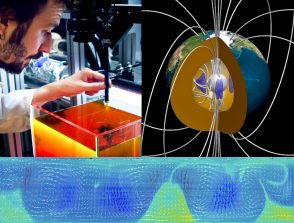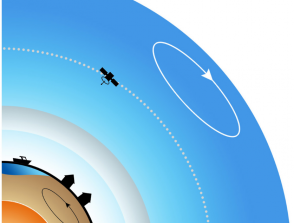Excursions, Reversals and Secular Variation: Different Expressions of a Common Mechanism?
07/10/2025
IPGP - Îlot Cuvier
15:30
Séminaires communs Dynamique des Fluides Géologiques et Géomagnétisme
Salle 310
Bruce Buffett
University of California, Berkeley
Paleomagnetic field models capture details of excursions and reversals over the past 2 Myr. A comparison of these transient events with field behavior during times of stable polarity offers insights into the underlying physical mechanisms. Here we focus on the trend of the axial dipole moment over a prescribed duration and compute statistics for these trends. Six paleomagnetic field models reveal consistent and predictable changes in the variance of dipole trends as a function of duration. Trends into reversals and excursions can also be recovered from the paleomagnetic field models. A simple relationship between transient events and the trends during stable polarity hints at a common underlying mechanism. This connection is supported by a stochastic model for dipole fluctuations, which can reproduce the observed changes in the trend variance with duration. The same model quantitatively reproduces the relationship between transient events and secular variation. Given that trends in the stochastic model are driven entirely by fluctuations in dipole generation, a similar interpretation may account for excursions, reversals and secular variation without requiring different physical mechanisms.







